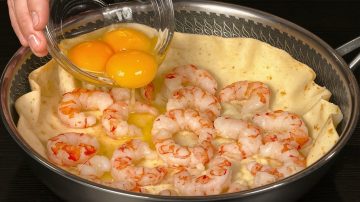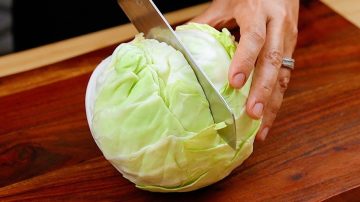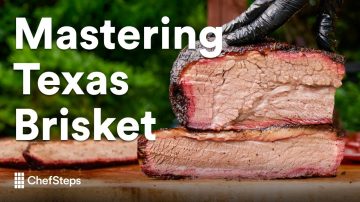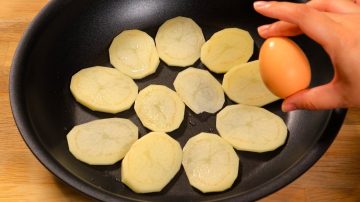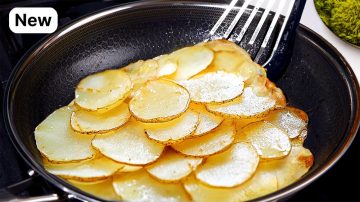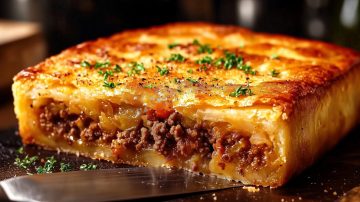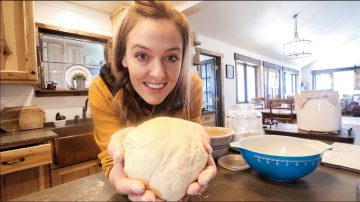Mastering Scrambled Eggs: Techniques and Tips
Recipe Overview
Overview
Scrambled eggs are a breakfast staple, yet they can be surprisingly complex to master. This recipe delves into the nuances of cooking scrambled eggs, emphasizing the importance of time and temperature. The video showcases various techniques, from the classic soft scramble to the diner-style version, each with its unique texture and flavor profile.
One of the standout techniques demonstrated is the use of starch, which adds a delightful creaminess to the eggs. By incorporating a bit of cornstarch, the eggs achieve a silky texture that elevates the dish. The importance of agitation is also highlighted; the way you stir the eggs can significantly affect their final consistency. Too much stirring can lead to dry, crumbly eggs, while gentle folding results in a soft, luxurious scramble.
The video also emphasizes the role of temperature control. Cooking at a lower temperature allows for more precise control over the doneness of the eggs, preventing them from becoming overcooked. The use of a precision induction burner is a game-changer, allowing for exact temperature settings that most home cooks may not have access to. However, the principles can still be applied using standard stovetops.
Overall, this recipe not only teaches you how to make perfect scrambled eggs but also encourages experimentation with different techniques and ingredients. Whether you prefer them soft and creamy or with a bit of texture, mastering scrambled eggs can elevate your breakfast game significantly.
Recipe Details
Steps & Tips
Tip: Be aware of carryover cooking; eggs will continue to cook after being removed from the heat.
Crack some eggs into a bowl.
Whisk the eggs using a fork.
Add a little bit of butter to the pan.
Cook the eggs for 20 seconds at 375°F.
Cook the eggs for an additional 50 seconds at 375°F.
Tip: Adding a little starch or milk can help create a softer scrambled egg.
Add a little pepper to the eggs.
Tip: Try making scrambled eggs with and without starch to compare textures.
Cook eggs at 225°F without agitation.
Scramble the eggs continuously while cooking.
Turn off the heat after 4 minutes of cooking.
Add an egg yolk to the mixture.
Fold the eggs gently to create layers.
Tip: Agitating the eggs while cooking can help them cook faster.
Tip: Lower cooking temperatures allow for more control over the texture of scrambled eggs.
Prepare for reverse scramble by whisking eggs lightly.
Tip: Cooking at lower temperatures can prevent overcooking and maintain moisture.
Cook the eggs at 350°F, watching for browning.
Add a pinch of salt to the eggs.
Add cream to the eggs to enhance texture.
Tip: Adding cream can stop the cooking process and enhance creaminess.
Ingredients
Ingredient: Dairy
→ Substitution: Almond Milk
Ingredient: Eggs
→ Substitution: Chia Egg
Nutrition
Skill Level
Frequently asked questions
Below you will find answers to the most common questions about this recipe.
Got a Recipe Question? Ask Away!
Interesting Tidbits
- •Scrambled eggs can change texture significantly based on cooking time and temperature.
- •Adding starch, like cornstarch, can create a creamier texture in scrambled eggs.
- •Egg yolks cook at a lower temperature than egg whites, affecting the final texture.
- •Carryover cooking continues to cook eggs even after they are removed from heat.









